Entry Category: Arts
Powhatan Jail
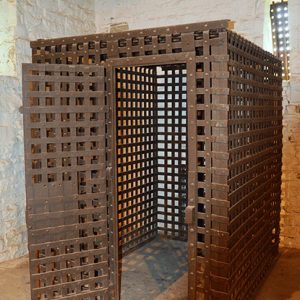 Powhatan Jail Cell
Powhatan Jail Cell
Prairie County Courthouse, Northern District
Prairie County Courthouse, Southern District
Preller, Hugo and Gayne
Prescott City Jail
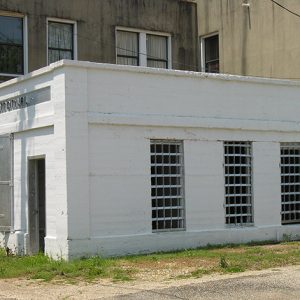 Prescott City Jail
Prescott City Jail
Presley, Elvis (Arkansas Performances of)
 Elvis Presley Ad
Elvis Presley Ad
Presley, Luther G.
Price, Florence
 Produce Warehouse Rear View
Produce Warehouse Rear View
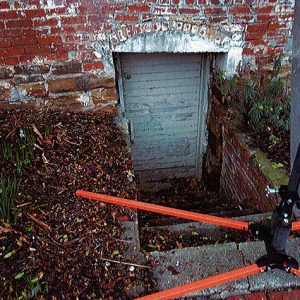 Produce Warehouse Side Entrance
Produce Warehouse Side Entrance
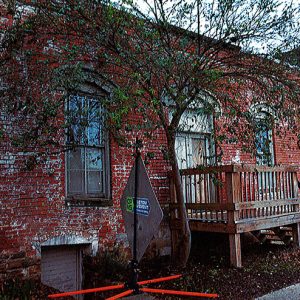 Produce Warehouse Side Entrance & Deck
Produce Warehouse Side Entrance & Deck
 Publicity Parade
Publicity Parade
Pulaski County Courthouse
 Pump
Pump
 Purim Play
Purim Play
 Pythian Bathhouse
Pythian Bathhouse
 QQUM Church Exterior
QQUM Church Exterior
 QQUM Church Interior
QQUM Church Interior
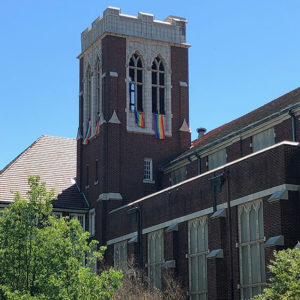 QQUM Church Tower
QQUM Church Tower
Quigley’s Castle
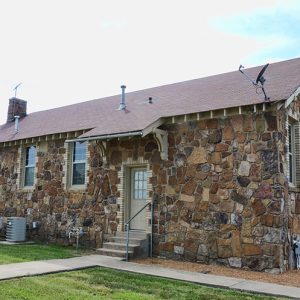 Quitman Home Economics Building
Quitman Home Economics Building
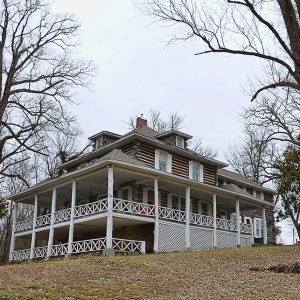 Rabbit Foot Lodge
Rabbit Foot Lodge
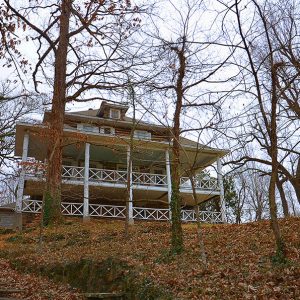 Rabbit Foot Lodge
Rabbit Foot Lodge
Rabbit Foot Lodge
Rackensack Folklore Society
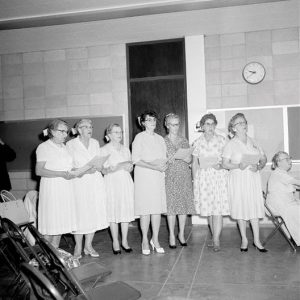 Rackensack Folklore Society
Rackensack Folklore Society
Rackensack Folklore Society, Pulaski County
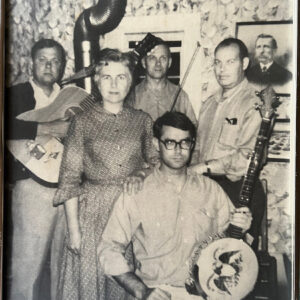 Rackensack Folklore Society, Pulaski County
Rackensack Folklore Society, Pulaski County
 Rackensack Members
Rackensack Members
Ragon, Imogene McConnell
Randolph County Courthouse
 Wayne Raney Songbook
Wayne Raney Songbook
Raney, Wayne
 Wayne Raney Sheet Music
Wayne Raney Sheet Music
Ray Winder Field
Raye, Collin
aka: Floyd Elliott Wray
 Razorback Statue
Razorback Statue
Reeves-Melson House
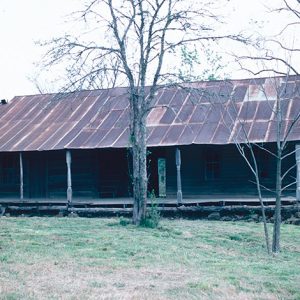 Reeves-Melson House
Reeves-Melson House
 Reflections by Gerald Arpino
Reflections by Gerald Arpino
Rialto Theater (El Dorado)
Rice, Jenny Eakin Delony
aka: Jenny Delony
aka: Jenny Meyrowitz
Rice, Wilburn Steven (Bill)
Rich, Charlie
 Charlie Rich Music
Charlie Rich Music
 Richard III
Richard III




